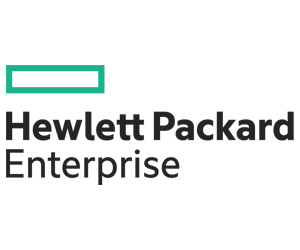HPE Data Storage Solutions Prepare Health System for the Future
That’s where modern storage infrastructure comes in. HPE’s data offerings for healthcare — including Alletra Storage, modular smart array storage and GreenLake, a hybrid cloud solution — are designed with a dual focus on interoperability and real-time performance.
The goal is to enable healthcare organizations to consolidate massive, disparate data sets without compromising security or incurring excessive latency.
“Copying data around isn’t going to deliver the outcomes we want,” Platt says. “We need to access it with minimal latency, wherever it is located and however it was created.”
At the center of this approach is HPE’s data fabric software, a unified architecture that creates a global “namespace” for healthcare data.
Radiology scans, electronic health records and remote telemetry can all feed into a central, active data lake, which Platt explains is critical for powering emerging AI use cases.
To ensure consistent performance at petabyte scale, HPE’s architecture combines scale-up and scale-out flexibility.
That allows IT teams to expand capacity and access data concurrently — essential for workflows that rely on fast, distributed data retrieval, such as imaging diagnostics and precision medicine pipelines.
Click the banner below to optimize your hybrid cloud environment.














